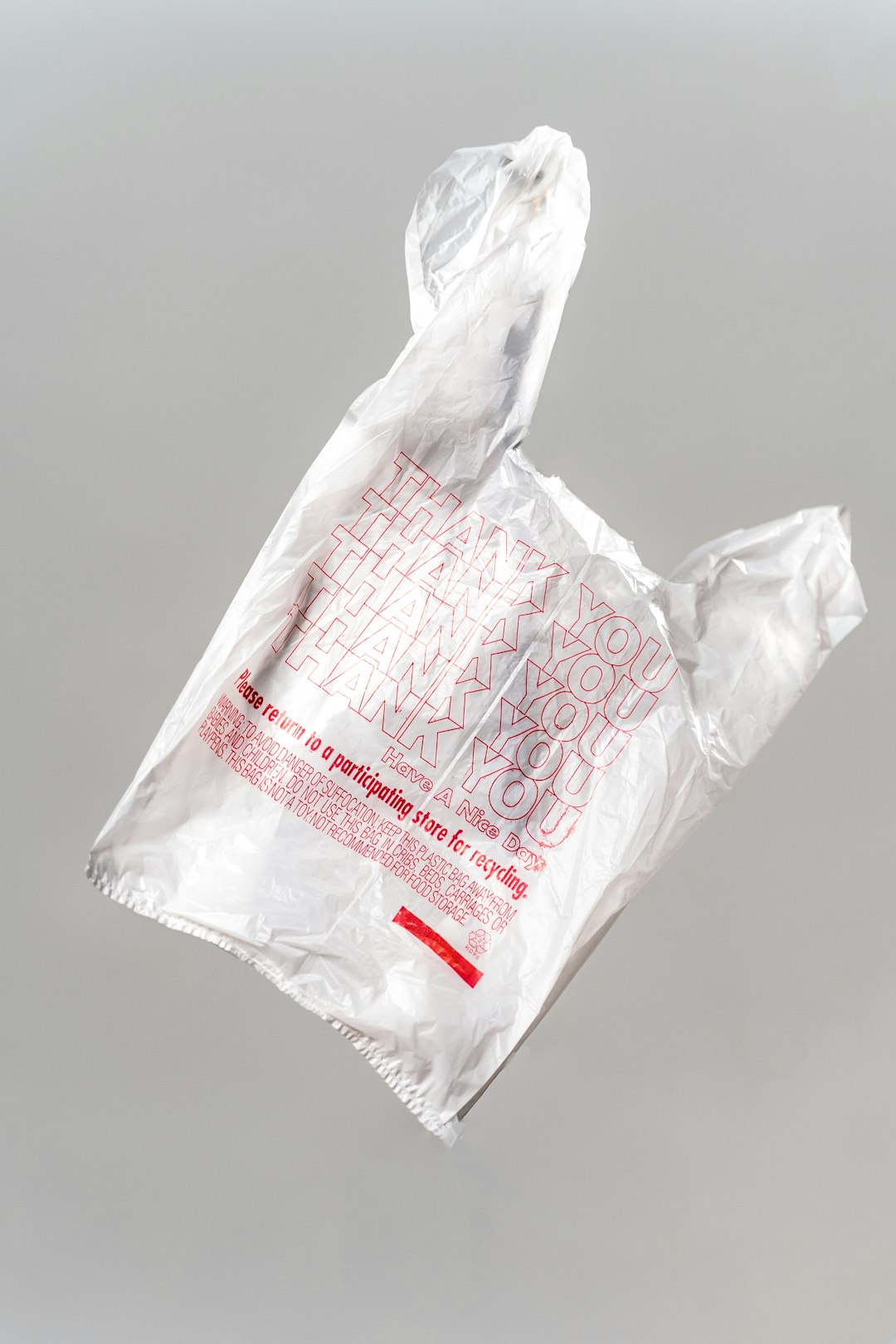De-Influencing De-Influencing
The beauty industry thrives on flawed and faulty products, actually.
“While influencers tell you why you need a product,” journalist Amelia Tait writes in a new report for WIRED, “TikTok’s de-influencers tell you what not to buy.” This mascara clumps. This curl cream makes your hair crunchy. This foundation pills — don’t waste your money! That sort of thing.
The concept of de-influencing has been gaining traction on social media since January, and has been held up as an example of anti-consumerism by the beauty media. Is that what it is, though? As the WIRED article points out, many of genre’s popular videos feature de-influencers who “rattled through expensive hair and face products that people should not buy—yet also recommended cheaper alternatives.”
I was honored that Tait asked to interview me for her piece — please read it here!! — and wanted to share some answers that didn’t make the final edit. Below, find my thoughts on how the beauty industry has always thrived on flawed and faulty products, why de-influencing is just skinimalism 2.0, and the limits of adopting an aesthetic of “less.”

WIRED: Are you surprised by the de-influencing and anti-haul trend or do you think it’s a response to some of the forces we've seen in the online beauty space, and a backlash was inevitable?
JESSICA DEFINO (me): I'm not surprised by the de-influencing trend, and I think the word “trend” really says it all. The beauty space especially has been engaged in this push-pull of more versus less for years now. First, there were 10-step skincare routines, then there was “skipcare.” We saw over-the-top shelfies featuring hundreds of skincare products, and then we saw “skinimalism” take off. In both instances, skipcare and skinimalism were ultimately excuses to sell more products — but different products, with more of a minimalist aesthetic. (I refer to skinimalism as “minimalist consumerism.”) Consumers fall for it every time! And often feel self-righteous in doing so, lol, because they’ve adopted the aesthetic of “less” if not the ideology. The de-influencing trend, to me, seems like a natural next stop in the trend cycle.
WIRED: How “real” do you think this backlash is? Do you think there’s a risk that this is just another hashtag, not really a movement or moment that will change how people think about beauty products and talk about them online?
JD: I don't think this backlash is real at all. I don't think it’s changing how anyone thinks about beauty products — it’s reinforcing how people have thought about beauty products for decades. There are so many beauty products precisely because there are so many that “don't work.” That’s the thing about innovation and optimization: They require flawed and faulty products as a jumping-off point. New brands and new products have always launched in reaction to (often imaginary) “gaps in the market.” The de-influencing trend puts the emphasis on the first part of this equation (e.g., “this product doesn’t work!”) rather than the second (e.g., “try this instead!”) — but still, it is setting the stage for “better,” “cleaner,” “more effective,” “more efficient,” or “more sustainable” products to boom as a result.
There are so many beauty products precisely because there are so many that “don't work.” That’s the thing about innovation and optimization: They require flawed and faulty products as a jumping-off point.
WIRED: Do you think the trend could ever materially affect the beauty industry? Do you see any potential for long-term change?
JD: I don't think influencers will ever materially affect the beauty industry in terms of lessening consumerism. That’s antithetical to their jobs. The de-influencing trend is, in some ways, actually a tactic for securing their jobs as influencers. Being “honest” with your audience about products that you don’t like builds trust. It makes the audience think, Hey, this person is not just trying to sell me stuff, so when they do eventually promote a product they like, I can believe what they say. The audience is now primed to buy products from them later on.
WIRED: Is de-influencing really just influencing? I mean, no one is really telling people to buy NOTHING... It's sort of like how skincare became the new make-up right? It's not breaking the standard down, it's just replacing it with something else...
JD: De-influencing is 100% just influencing. I also think the label of “de-influencing” says so much about how we conceive of “influencing” in general. Like, if telling your audience not to buy a particular product is so revolutionary that it gets its own microtrend rebrand and is positioned as somehow anti-influencing, that's sort of a confirmation that influencing really is just glorified consumerism. Maybe that should make us think a little harder about how much trust we place in influencers, our own desires to become influencers, where influencers fall in the space between corporations and customers, and how that line has been blurred.



I was hopeful about de-influencing and I knew a few people that were using de-influencing to talk about how to get more life from your clothes and shoes and learning how to mend them or taking them to be fixed. But as I say more of the trend pop up with other people it feels like it soured and became about products and not learning to be conscious of your consumption.
Yep. It’s officially Bizzarro World. I’m starting to feel like Zod imprisoned in that flat thing in “Superman 2”.
Looking back on it, Terrance Stamp was serving lewks, even in the Phantom Zone.